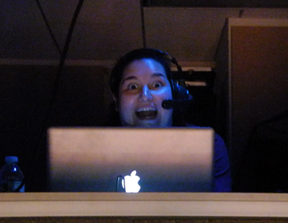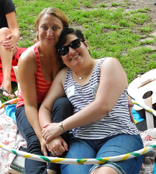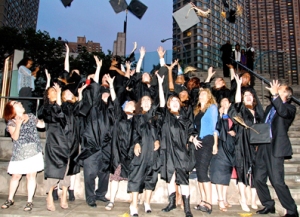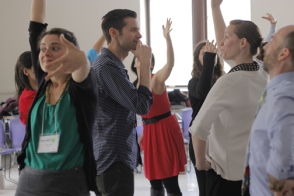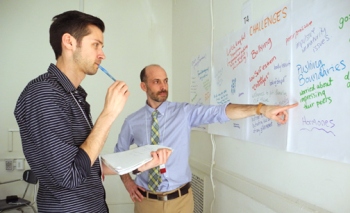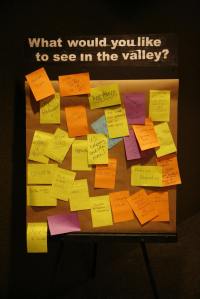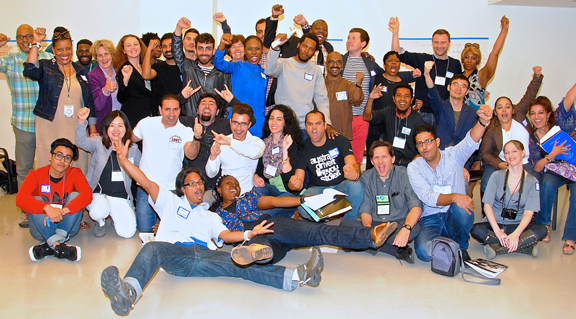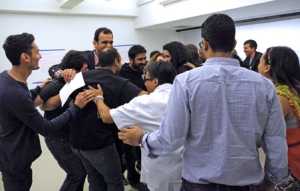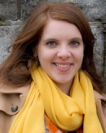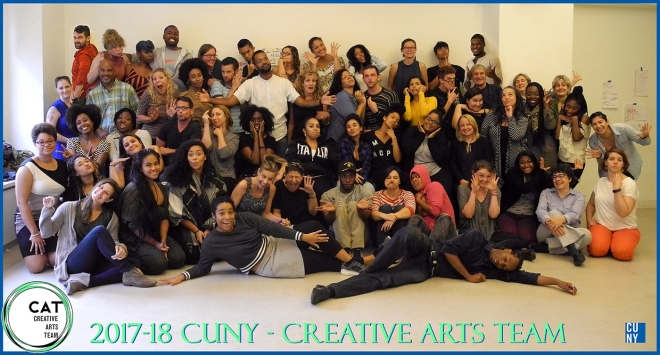
Hello Friends,
It is Friday, October 27th, and I am sitting at my desk poised to write a newsletter in celebration of the Creative Arts Team’s 43rd anniversary on October 31st.
My challenge is how to relate, in an e-newsletter, the vibrancy of CAT’s programs and the passion of CAT’s innovative staff, educators, partners, and most of all, the reason we do this work – our amazing participants throughout the city.
In lieu of live streaming, I’ll take you on a walk around the office hallways and share with you what I see…
SCENE: CAT’s office windows at 31st and 6th look out on a beautiful autumn day in Herald Square. While most offices in the city are winding down for the week, the CAT offices are bustling with energy. It is an energizing time at CAT as we now are full swing into the school year.
Friday is our liveliest day in the office. It is a planning day for CAT staff and teaching artists who deliver programs in all five boroughs throughout the week.
Rehearsals of dramatic scenes and discussions of pedagogical strategies are taking place in corners, by the coffee pot, in offices, training rooms and hallways. I hear – and feel drawn to participate in – impassioned dialogue on strategies for social issue engagement. Along with the serious discussions there is laughter, song and sometimes puppetry.
On this particular Friday morning, the Cultural After School Adventure (CASA) team is working on their after-school storytelling programs for middle school students. We are now in our 10th year of delivering CASA programs, funded by NYC Council Members.
Next to the CASA office is the Early Learning Program (where the puppets live), the team is working at this moment with colleagues from CUNY’s Office of Research, Evaluation and Program Support (REPS). Together, they are in the third year of evaluating a teacher-mentoring project supported by the New York Community Trust.
In the meeting room next to my office, CAT’s Literacy Through Drama (LTD) team is in training for upcoming middle and high school sessions on topics such as gender equity, justice and friendship. Today, they are working on strategies for dual language classrooms. The LTD program, with support from the NYC Dept. of Youth and Community Development (DYCD), uses drama to examine the world and build skills in social and academic literacy.
The CAT Youth Theatre team is also in the office using Friday as a training and preparation day. BTW! Save the dates for this year’s Youth Theater performances on February 23-25 and March 2-4, with a special Youth Groups performance on Tuesday, February 27 at 5pm (contact Maureen to reserve group tickets)! The Junior Youth Theatre will share on December 6 at 6pm. There will be an Ensemble improv performance on Saturday, December 9 at 8pm (featuring Youth Theatre Alumni). Now in its 22 year, CAT Youth Theatre helps young people thrive– on stage and in life. Members create socially relevant, artistically sophisticated original plays.
This Friday morning, the College and Adult Program (CAP) team is off-site, leading a “Campus Sexual Assault” symposium at Brooklyn College, organized by the Brooklyn District Attorney’s Office, to address root causes and challenge social norms. CAP uses interactive drama and skill–building strategies to capture a panoramic view of our society and zoom in on specific issues and behaviors that create challenges in our lives. The CAP team works with numerous organizations and initiatives, including (but definitely not limited to): CUNY Black Male Initiative (BMI); the Department of Corrections at Rikers Island; Homes for Homeless (H4H); middle and high schools throughout NYC; and created and runs the Theatre Arts Program (TAP) at CTEA High School in Queens.
Next to the training room is our marketing and communications office, which, as part of Arts and Culture month, has been sharing staff responses to the prompts, #BecauseofArtsEd and “Why CAT?” Responses include: “helping students express themselves and have agency;” “I Have a village and I have a purpose;” “I can do work I love and help people;” “Students are empowered”; and “Heal the World with Art!”
It is auspiciously dramatic that 43 years ago on Halloween night in 1974, original company members sat around a kitchen table and conceptualized the founding of CAT. Lynda Zimmerman and the founding members envisioned a company dedicated to creating innovative and exciting theatre and education programs that engaged students and the public in learning through drama by addressing timely social and curricular issues. As we gear up for the next 43 years at CAT, we all look forward to seeing you at CAT events, sharing opportunities to participate and updating you on the work ahead.
Until next time,
Jeanne
Executive Director
- November 3rd is the Early Bird registration Deadline for CAT’s NYC Student Shakespeare Festival (NYCSSF), a program for 2nd-12th grade students that provides a structured process of CTLE-credited teacher training, in-school residencies and a culminating festival at the Lucille Lortel Theatre. NYCSSF is supported in part by DCLA and NYSCA.
- CAT’s Young Adult Literacy Technical Assistance program (YALTA) is organizing a cross-site trip to the Intrepid Sea, Air & Space Museum for Young Adult Literacy Program (YALP) staff and their students in mid-November. YALTA delivers professional development to YALP, a program of the Mayor’s Center for Economic Opportunity (CEO) and DYCD, for youth, ages 16-24, building skills to enroll in a Test Assessing Secondary Completion (TASC™) Preparation Program and eventually earn their HSE (High School Equivalency).
- The MA in Applied Theatre Program is conducting a Racial Justice Weekend on Saturday and Sunday, November 4th & 5th, from 10:00am-6:00pm.
- An MA in Applied Theatre Introductory Workshop will be held Saturday, November 14, 2:00-5:00pm. MA in Applied Theatre/CAT Studios, 101 West 31st Street, 6th Floor. For more information on MA events click: here

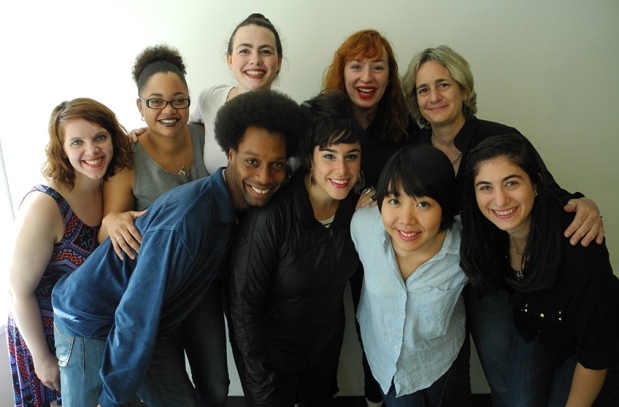





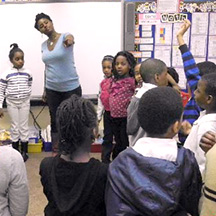

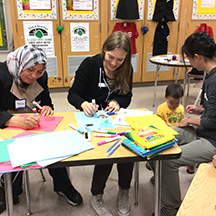
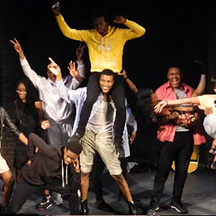
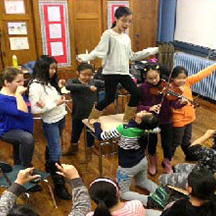
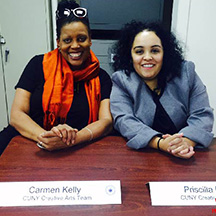
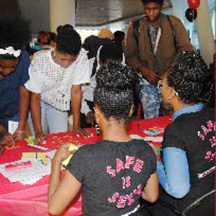
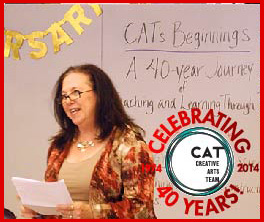
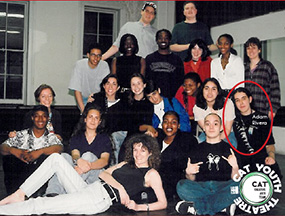 “
“